As the scorching heat of summer approaches, it’s essential to prepare your home to ensure a cool and comfortable living environment. By implementing a few strategic measures, you can create a refreshing oasis that provides respite from rising temperatures. The process of preparing your summer house plan design starts from the stage of house construction and planning itself. When constructing a house, it’s important to consider various factors that can help keep it cool naturally.
Here are some pointers by Make My House to help you achieve a perfect home for peak summers.
Key pointers to get a summer House Design through expert Planning & Working layout
Orientation:
Properly orient your house to maximize shade and natural airflow. Position the longer sides of the house facing north and south to minimize direct sunlight exposure on the east and west sides, to achieve a functional summer house plan design.
Window Placement:
Strategically place windows to maximize natural light and airflow while minimizing heat gain. Use larger windows on the north side to allow for indirect light, while minimizing windows on the west and east sides to reduce direct sunlight exposure.
Optimize Your Insulation:
Good insulation is the foundation of a comfortable summer house plan design. Inspect your home’s insulation, particularly in the attic and walls, to ensure there are no gaps or leaks. Consider using reflective insulation or radiant barriers to minimize heat absorption.
Seal Air Leaks:
Air leaks can significantly impact your home’s cooling efficiency. Inspect windows, doors, and other areas prone to drafts, and seal any gaps or cracks using weatherstripping or caulk. This prevents hot air from infiltrating your summer house plan design, keeping it cool and energy-efficient.
Enhance Natural Ventilation:
Take advantage of natural ventilation to cool your home. Install window fans or use ceiling fans strategically to promote airflow. Position fans near windows to draw in fresh, cooler air and expel warm air. Additionally, consider installing attic vents or a whole-house fan to exhaust hot air from your home. Include features like open floor plans, high ceilings, and cross-ventilation opportunities by strategically placing windows and doors to facilitate airflow throughout the house.
Efficient Landscaping:
Implement energy-efficient landscaping techniques to keep your surroundings cool. Use a combination of shade trees, ground covers, and landscaping features to reduce heat absorption and create a cooler microclimate around your summer house plan design.
Efficient HVAC System:
Never doubt in investing in an energy-efficient heating, ventilation, and air conditioning (HVAC) system. Opt for a properly sized unit with high energy efficiency ratings that can effectively cool the house without excessive energy consumption.
Key pointers to get a summer House Design through 3d Elevation layout
Use Energy-Efficient Windows:
Invest in energy-efficient windows that minimize heat transfer. Look for windows with low-emissivity (low-E) coatings or double-glazed windows with an insulating gas between the panes. These windows help block heat while still allowing natural light into your home.
Utilize Window Treatments:
Window treatments like blinds, shades, or curtains can significantly reduce heat gain. Opt for light-colored, reflective fabrics that deflect sunlight and keep rooms cooler. Close these window coverings during the hottest parts of the day to block out direct sunlight to keep your summer house plan design very cool.
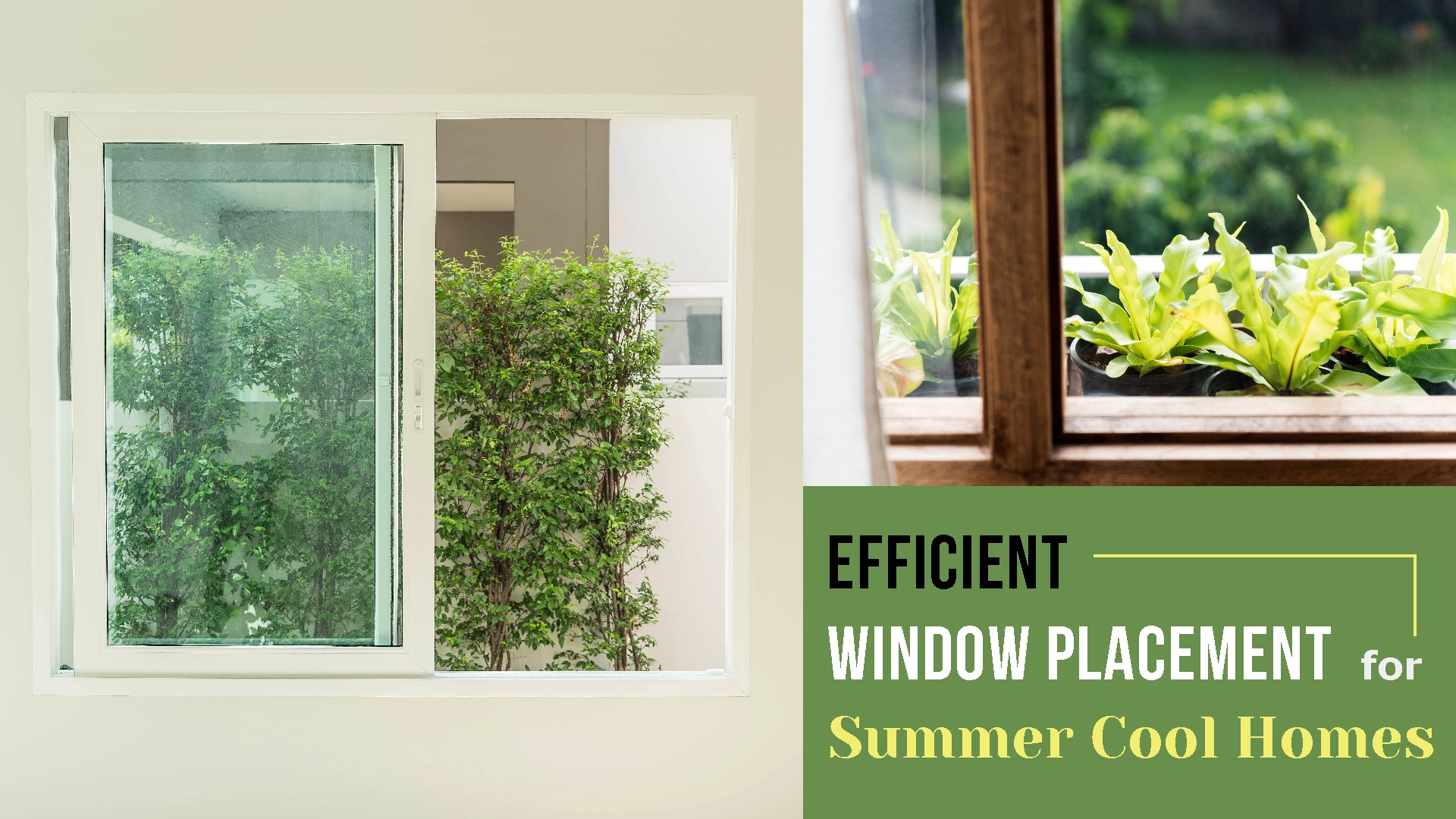
Shade Your Home:
Create shade around your home to reduce solar heat gain. Planting trees strategically near windows or using awnings and pergolas can help block direct sunlight. Consider installing exterior shading devices such as solar screens or sun-blocking films on windows facing intense sunlight.
Upgrade Your Roof:
A dark-colored roof can absorb a considerable amount of heat, making your home warmer. If your roof needs replacement, opt for light-colored or reflective roofing materials to reflect heat and reduce the cooling load on your home.
Shading Elements:
Incorporate shading elements in the design, such as overhangs, pergolas, or awnings, to provide shade to windows and outdoor areas. These additions block direct sunlight, reduce heat gain, and maintain a comfortable environment in your summer house plan design.
Thermal Mass:
Utilize materials with high thermal mass, such as concrete or adobe, in areas that receive direct sunlight. These materials absorb heat during the day and release it slowly at night, helping to regulate indoor temperatures.
Light-colored Exterior:
Choose light-colored or reflective exterior finishes for your house, such as light-colored paint or reflective siding. Lighter colors reflect sunlight instead of absorbing it, helping to keep your summer house plan design cooler.
Green Roofs and Living Walls:
Consider incorporating green roofs or living walls in your construction plans. These features not only provide insulation but also help cool the house by evaporative cooling and reducing heat island effects.
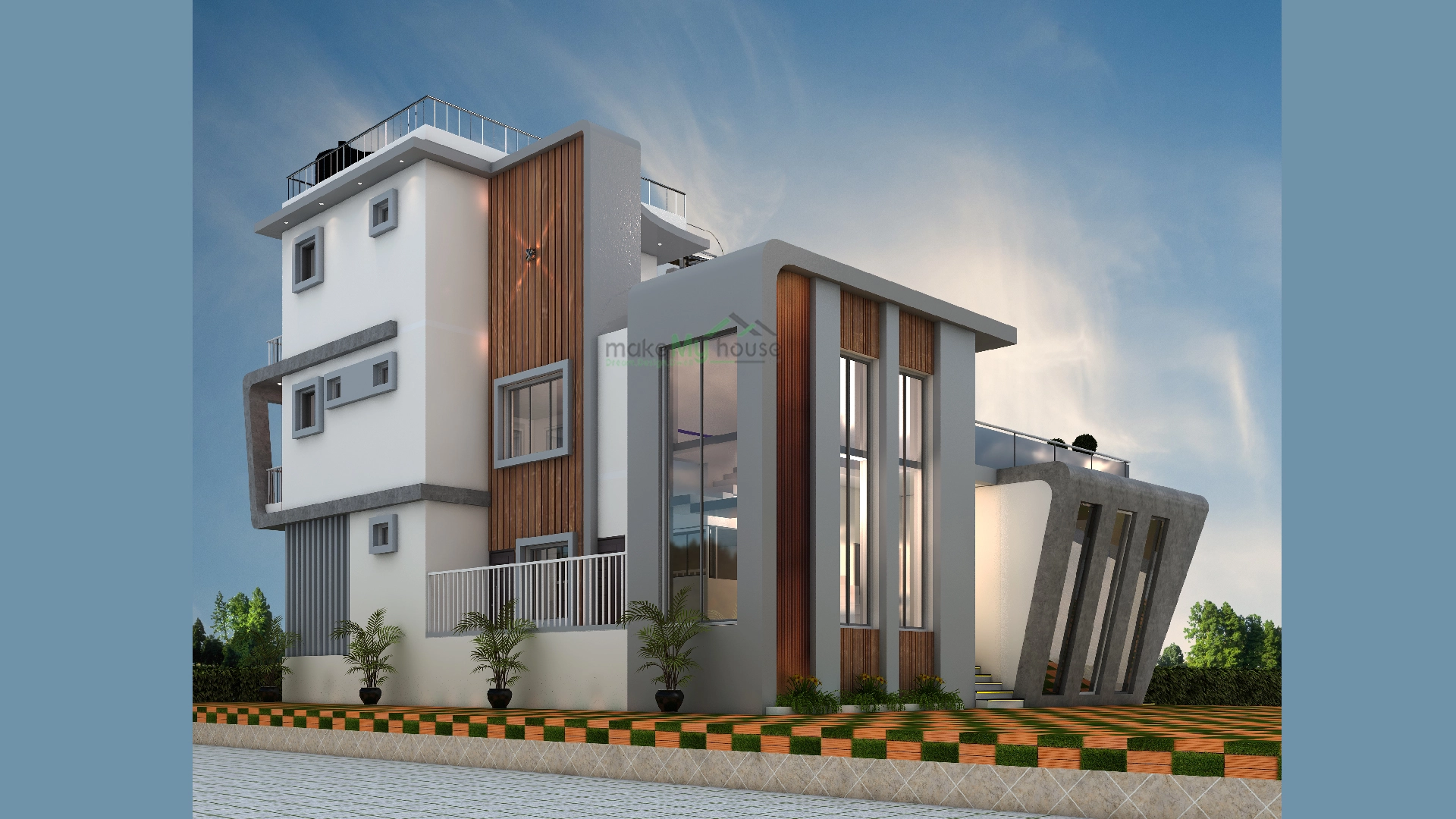
Key pointers to get a summer House Design through Interior plans
Optimize Air Conditioning:
Regularly maintain your air conditioning system to ensure optimal performance. Clean or replace filters monthly and schedule professional tune-ups to keep the unit running efficiently. Consider installing a programmable thermostat to regulate temperature settings and save energy when you’re away.
Create Cool Zones:
Strategically design cool zones in your home where you spend the most time. Focus on cooling the bedrooms, living room, and areas frequently used during the day. Close vents in unused or less frequently occupied rooms to redirect cool air to essential areas.
Window Glazing:
Install energy-efficient windows with low-emissivity (low-E) coatings and double glazing. These windows help reduce heat transfer and block harmful UV rays while still allowing natural light into the house.
These are some important factors that can help you to transform your home into a comfortable sanctuary during peak summers. A well-insulated and properly ventilated home, along with effective shade and energy-efficient measures, will help you beat the heat while minimizing energy consumption. Stay cool and enjoy the summer months in your refreshing abode!
Frequently Asked Questions about Summer Home Design
Q: How can I keep my house cool during summer without relying heavily on air conditioning?
There are several ways to keep your house cool without relying solely on air conditioning. Some tips include maximizing natural ventilation by opening windows in the evening, using ceiling fans to circulate air, using window treatments like blinds or curtains to block out direct sunlight, and utilizing shading elements such as trees or awnings to reduce heat absorption. Additionally, proper insulation, sealing air leaks, and using reflective roofing materials can help maintain a cooler indoor environment.
Q: What are the best window treatments for keeping the heat out during summer?
To keep the heat out during summer, consider installing window treatments such as blinds, shades, or curtains. Opt for light-colored or reflective fabrics that can reflect sunlight and heat away from your summer house plan design. You can also choose cellular shades or blackout curtains with thermal backing, as they provide additional insulation and prevent heat transfer through windows.
Q: How can I maximize natural ventilation in my home?
To maximize natural ventilation, open windows on opposite sides of your house to create a cross breeze. Position fans strategically to enhance airflow, drawing in cool air from one area and pushing out warm air from another. Consider installing window screens to keep insects out while allowing fresh air to circulate freely.
Q: How can I reduce heat gain through my roof?
To reduce heat gain through your roof, choose light-colored or reflective roofing materials. Reflective roof coatings or materials with high solar reflectance can minimize heat absorption. Additionally, consider installing insulation in your attic to prevent heat transfer from the roof to the interior of your home.
Q: How important is proper insulation in maintaining a cool house environment during summer?
Proper insulation is crucial in maintaining a cool house environment during summer. It helps prevent heat transfer from the outside to the inside of your home, reducing the need for excessive cooling. Insulating your walls, roof, and floors can significantly improve the overall energy efficiency of your house and contribute to a cooler indoor environment.

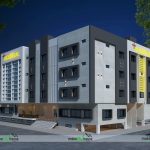
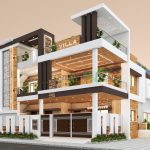
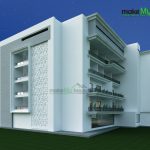
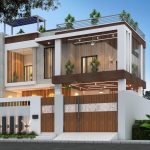
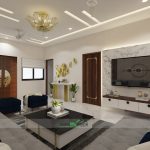

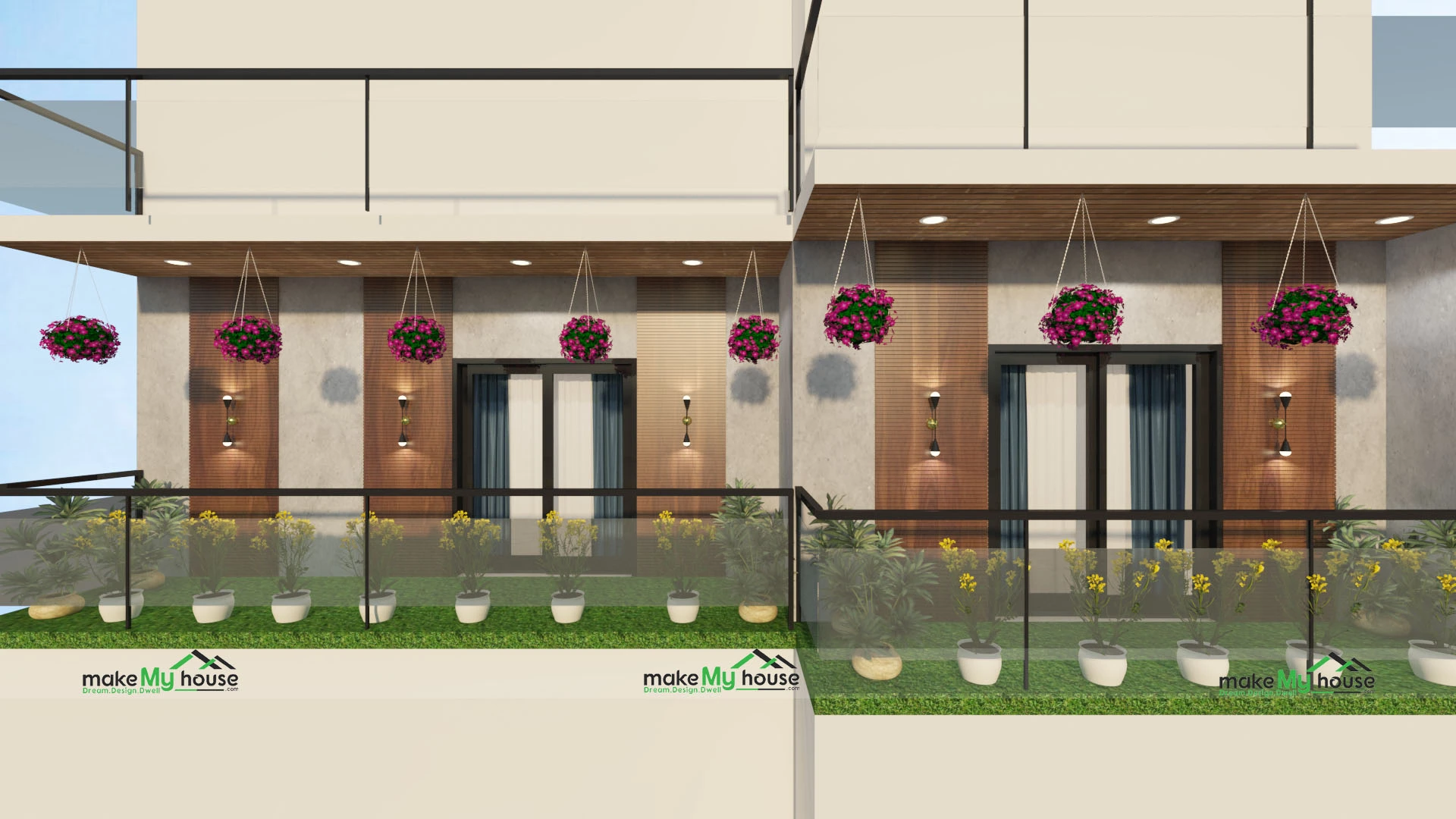
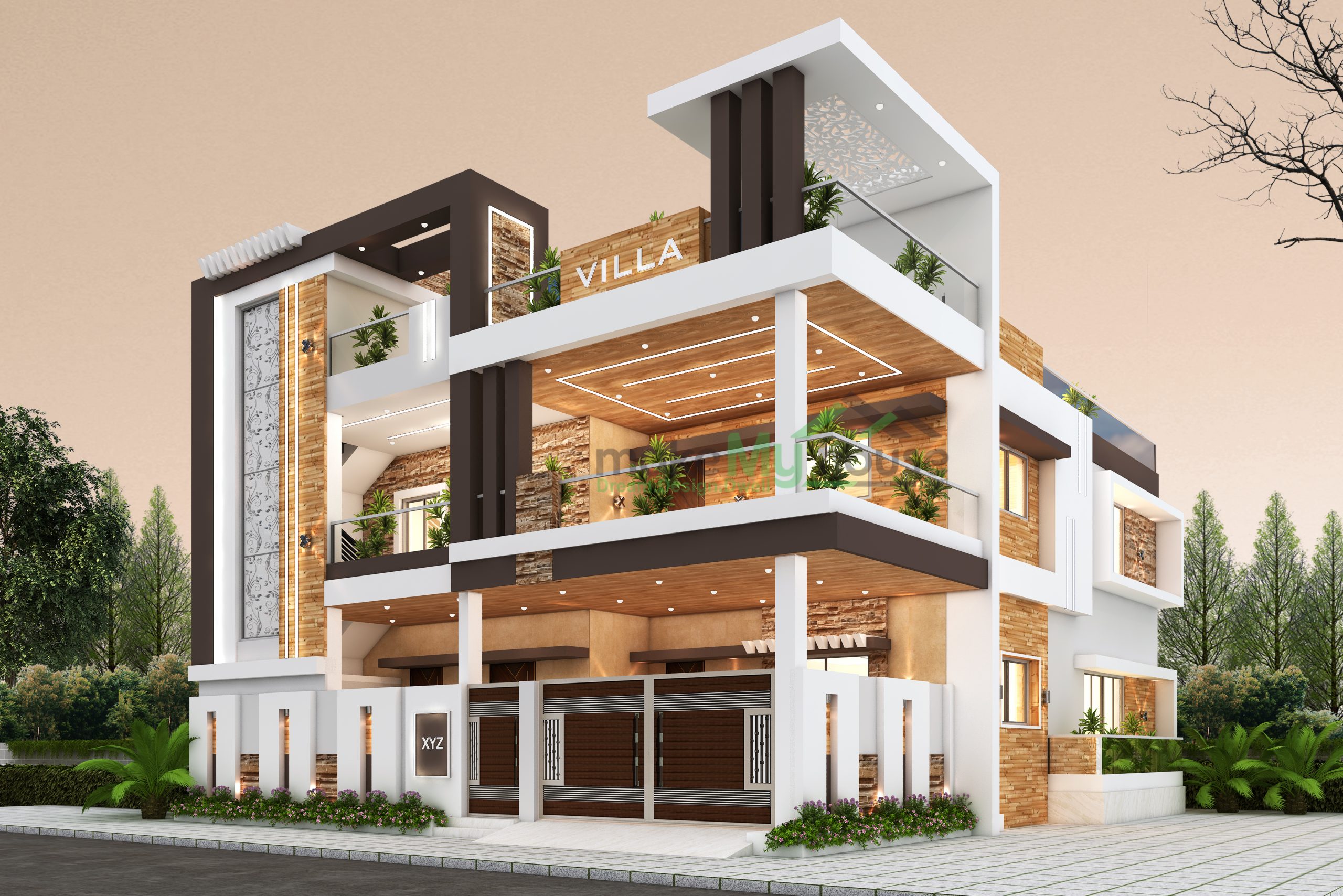
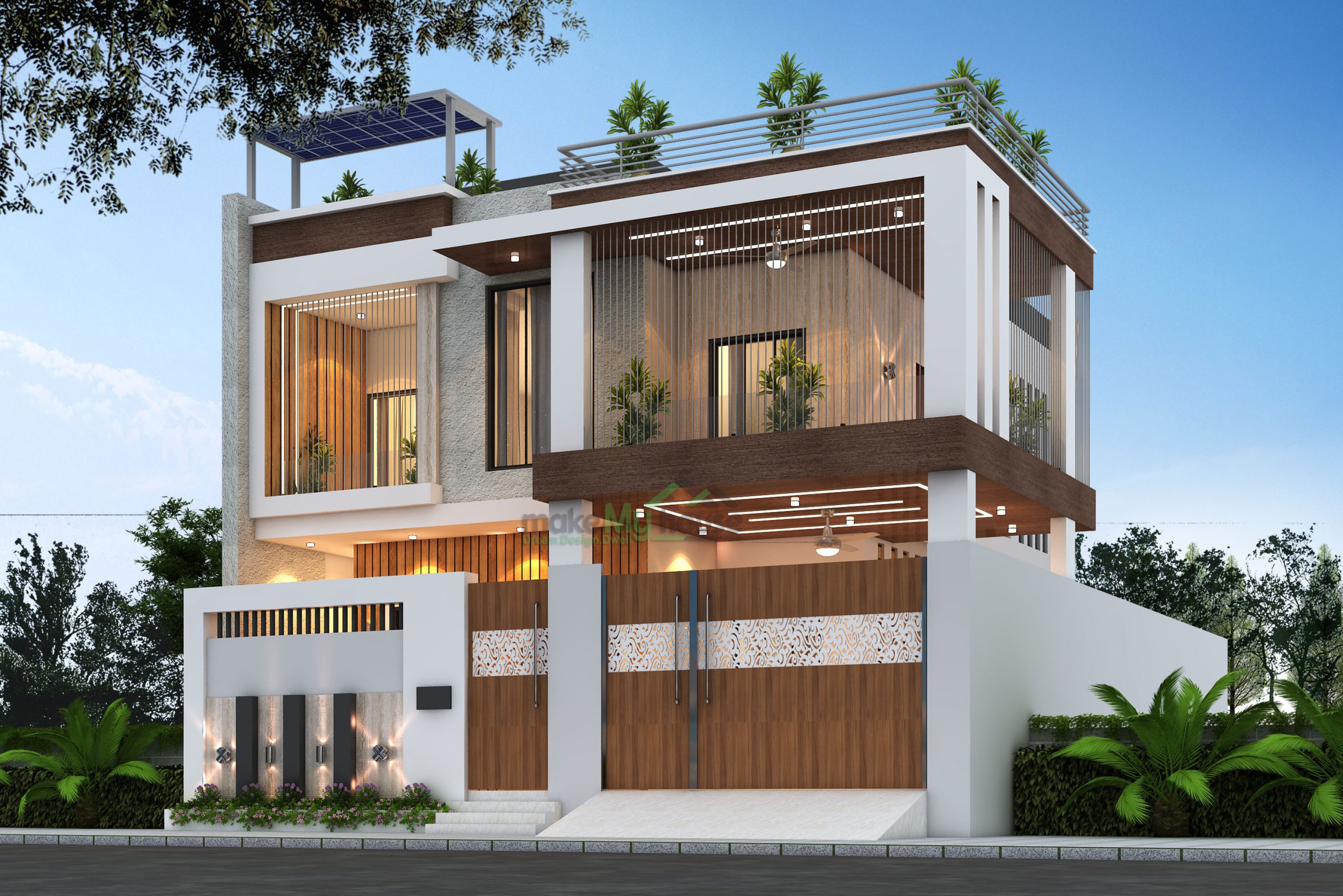

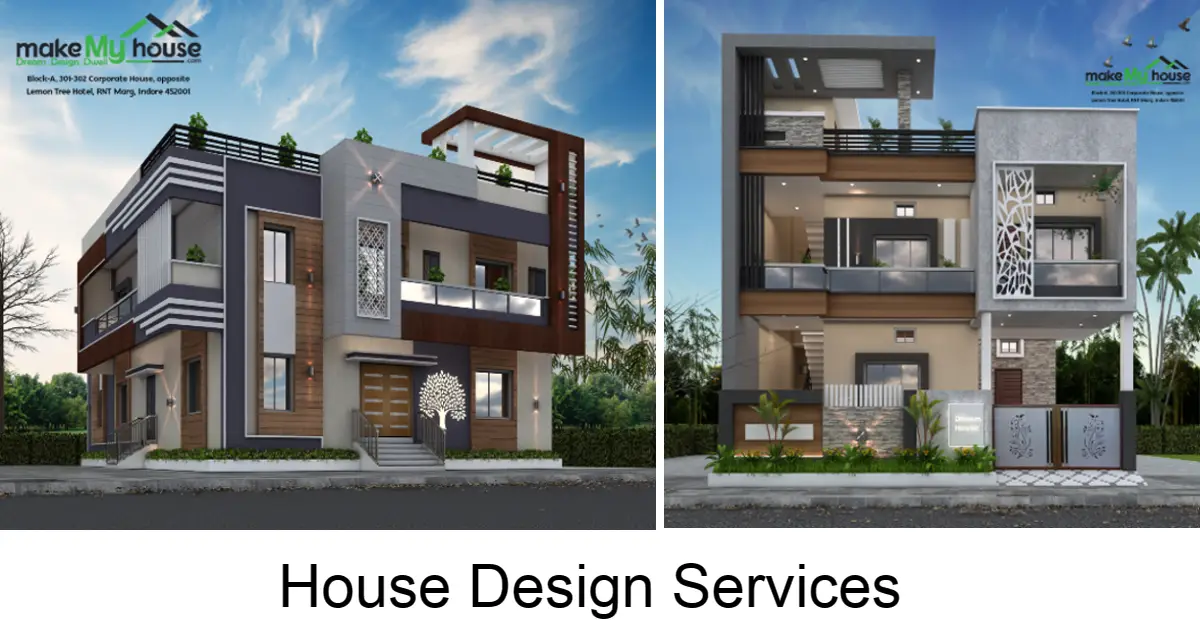
Thank you for sharing an excellent article about A functional house design to beat the heat of summers. This is a serious concern in areas where the heat is at its peak. The article provides fantastic tips to address roof heating issues, including proper orientation, strategic window placement, sealing air leaks, enhancing natural ventilation, and efficient landscaping. Keep up the good work.
Amazingly insightful piece about the As the summer’s searing temperatures approach, it’s time to start making preparations to keep your home cool and pleasant. With some careful planning, you can make a cool haven where you can escape the summer heat. The designing and building of your summer home is just the beginning of the process of getting ready for the season. There are a number of ways to naturally cool a home that should be taken into account during construction. This is a fantastic article; I appreciate your making it public.